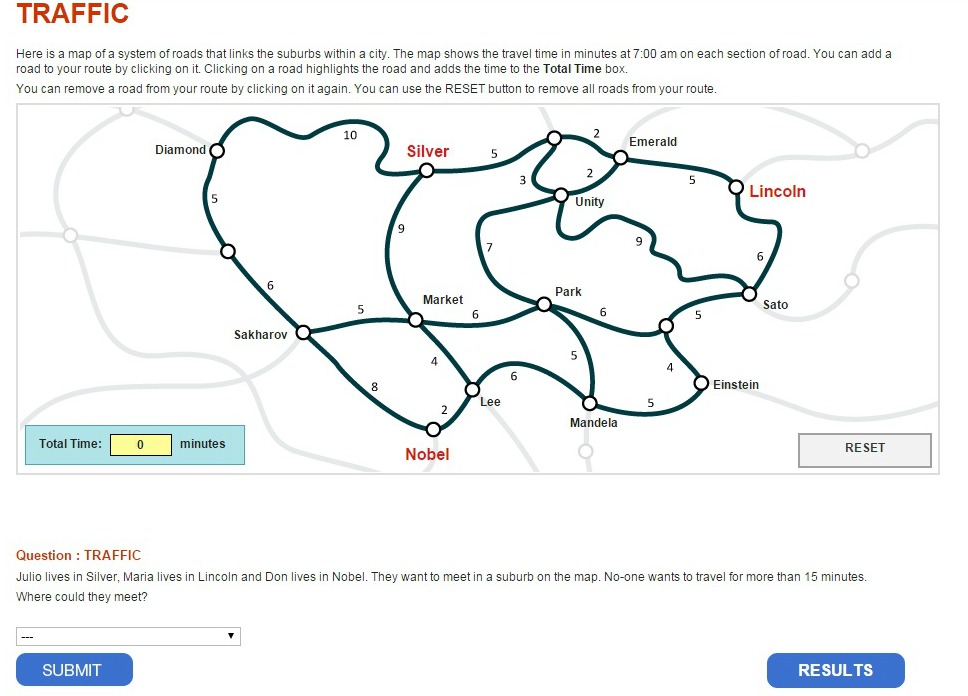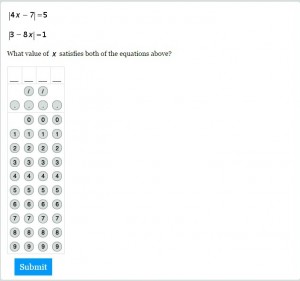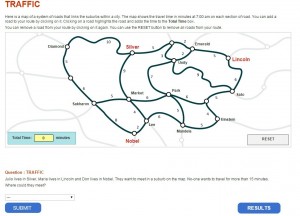On October 27, randomly selected 15 year-old Leesville sophomores took the Program for International Student Assessment, or PISA. The assessment is a computer-based test that measures 15 year-olds’ abilities in reading, math and science using questions they haven’t seen before. For more basic information about the test, refer to this article.
As mentioned in the article linked above, the point of the PISA test is ultimately to determine the potential economic rank of the participating nations.[pullquote]Any American student can admit to some degree that there is a certain apathy that plagues U.S. education. [/pullquote]
Such an international purpose is rare in the sea of traditional American standardized tests. From benchmark tests to finals for every class, these sophomores have already experienced standardized testing to the max, and only have more to anticipate. In-class tests inevitably ask students to recall facts from books or theorems for math. Very little is learned by students through the test taking, and very little is ever discovered by teachers based on scores.
And when these sophomores go on to junior year, they will take important national standardized tests: the SAT and/or the ACT. These tests are considered reasoning tests, requiring students to take what they have learned in school and apply their skills to questions based on reading, writing and math. In the ACT’s case, there is also a science section.
Based on the simple descriptions of the SAT/ACT and PISA tests, they seem rather similar in form despite their different intentions.
Below is a sample question from the SAT.
The math problem above looks similar to a basic question on a math class test. There are two equations to compare and students simply provide an answer. Presumably the problem would require 2-4 steps of thinking.
Below is a sample question from the PISA test.
At first sight, it is obvious there is more to process visually with this problem. This particular problem, however, is Level 1. Students must identify the possible meeting points, then choose a path to follow as they add up travel times. Note that this problem would presumably also require 2-4 steps of thinking as well.
But, despite the basic nature of the thought processes required to solve each problem, the PISA test focuses on a subject rarely seen on other standardized tests: real life issues. According to a lecture given by Amanda Ripley, an education journalist, the test “isn’t ‘Do you know the quadratic equation?’ [it] is ‘If we give you that equation, can you use it to do something useful that you might actually have to do in life?’”
Ripley goes on to explain that, seeing as America does not rank high enough based on money spent on education, the real life application, and our failure to excel in it, points out major flaws in the educational system.
[pullquote]Here we are, in America, a nation that spends the most per student on education, tests students on memory and ultimately ranks 35 out of 64 in math on the PISA.[/pullquote]The international exchange students Ripley interviewed contended that successful countries place a large sense of purpose on school, and that school itself is harder. Any American student can admit to some degree that there is a certain apathy that plagues U.S. education. This is also true for the inconsistent rigor of American classes. One AP course could require writing a Shakespearean sonnet for homework, while another AP could have a worksheet easy enough for a third grader. School then becomes a game of strategy: which class can I sleep in and which class will I have a panic attack in? Standardized testing adds to the sense of incongruity and confusion, as they can only test but so much.
So, based on questions challenging critical thinking on the PISA, school should be a game of strategy. Students should be creating strategies to solve real life problems, creating a sense of true education, as students can see how they would need to find the most efficient route in the subway station, for example.
Here we are, in America, a nation that spends the most per student on education, tests students on memory and ultimately ranks 35 out of 64 in math on the PISA. But, where would we be if our whole education was based on real life situations like the PISA does? Lessons would have greater real life application, tests would reflect real life learning, and students would leave school embodying the mission of schools everywhere.
Staff Writer Will Hollerung wrote about Pisa originally back in October and his article can be found here.



Leave a Reply